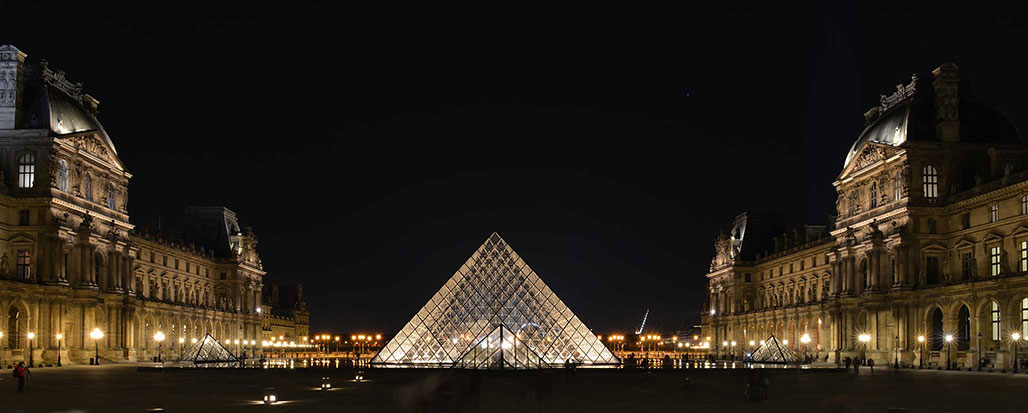I was a bit late in preparing for the 2017 solar eclipse. I didn’t start shopping until a few weeks before the event, and at that point many retailers were already out of stock on solar filters and glasses. Fortunately, I was able to purchase a BAADER solar filter and solar glasses in time.

Since Northern California was outside the path of totality, some of the more exciting photographic opportunities were not available. The more pressing issue was the persistent morning cloud cover. I started noticing this about two weeks before the eclipse, and really got worried as the pattern repeated each passing morning.
The night before, I was looking at weather reports on ClearDarkSky. I was also scouting locations on the PhotoPills, which showed the direction of the sun during the critical morning hours. I had a couple locations in mind, but headed south to Shoreline Lake in Mountain View after some morning recon. The sky looked the clearest and brightest in that direction.
While a telescope would provide the greatest degree of magnification, I opted for a long camera lens and a 2x teleconverter. During the week before the eclipse, I practiced photographing the sun with a solar filter. Trying to find the sun with the telescope was exceedingly difficult because only the sun was visible through the solar filter. Everything else was black. With the wider camera lens, the process was much more forgiving.
So, on the morning of the eclipse, the sky was severely overcast. As I recall, Mountain View was supposed to have 60% cloud cover at 9 a.m when the eclipse started. I could see the sun for a few seconds as the clouds traveled through. The clouds did eventually clear as predicted, and I was able to see the entire second half of the eclipse.
